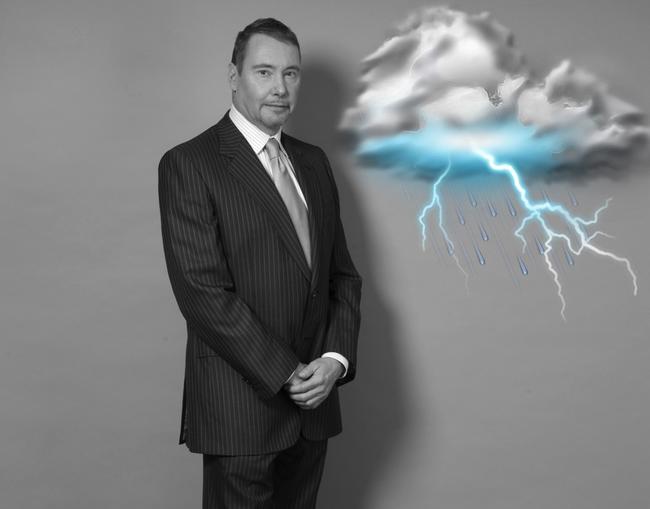Calm Before The Storm? - Gundlach Points Out Treasury Volatility At Record Lows Tyler Durden Wed, 08/05/2020 - 15:55
Another record low was recently made in Bank of America's MOVE Index (considered Treasury Market 'VIX'), falling to an unprecedented 40.66 last week, has since turned up to 44.11 in early August.
With the five-year Treasury yield hitting a record low on Tuesday and the 10-year Treasury yield falling to a five-month low, the demand for treasuries has surged as the U.S. economic recovery slows. Treasuries traders get it, and there are considerable risks to the economic outlook in the medium term.
DoubleLine Capital's Jeffrey Gundlach pointed out the recent plunge in Treasury volatility on Monday, tweeting: "After being at a ten year high just weeks ago, the MOVE index (a measure of expected future volatility of long term U.S. interest rates) is now at a ten year low. There it is again! Mount Whitney is near Death Valley for a reason. Many layers of meaning in this."
After being at a 10 year high just weeks ago, the MOVE index (a measure of expected future volatility of long term U.S. interest rates) is now at a 10 year low. There it is again! Mount Whitney is near Death Valley for a reason. Many layers of meaning in this. — Jeffrey Gundlach (@TruthGundlach) August 4, 2020
A move lower in MOVE suggests investors in the world's biggest bond market aren't paying for protection against price swings, and they don't care about getting paid for time risk. Maybe complacency is a byproduct of the Federal Reserve's unprecedented monetary cannon to save the U.S. economy from near-death following the virus-induced recession. However, the current move down is unsustainable.
Bloomberg spoke with Ben Emons, head of global macro strategy at Medley Global Advisors, who said: "Historically when real yields reach a new bottom, it is followed by a higher MOVE."
"Inflation-adjusted yields have the potential to go even more sharply negative as the market adjusts its expectations for a U.S. economic slowdown," Emons said.
We noted Tuesday that "deflation remains the more credible risk, not inflation," suggesting treasury rates can still hit zero.
If treasury volatility returns, as Treasury yields are expected to move lower, this could lead to an upswing in equity volatility.
But again, what do bond traders know?
Bond traders get it, the recovery has faltered, though stock traders are in pure euphoria mode. All eyes on treasury volatility...
http://dlvr.it/Rd4FKs

No comments:
Post a Comment